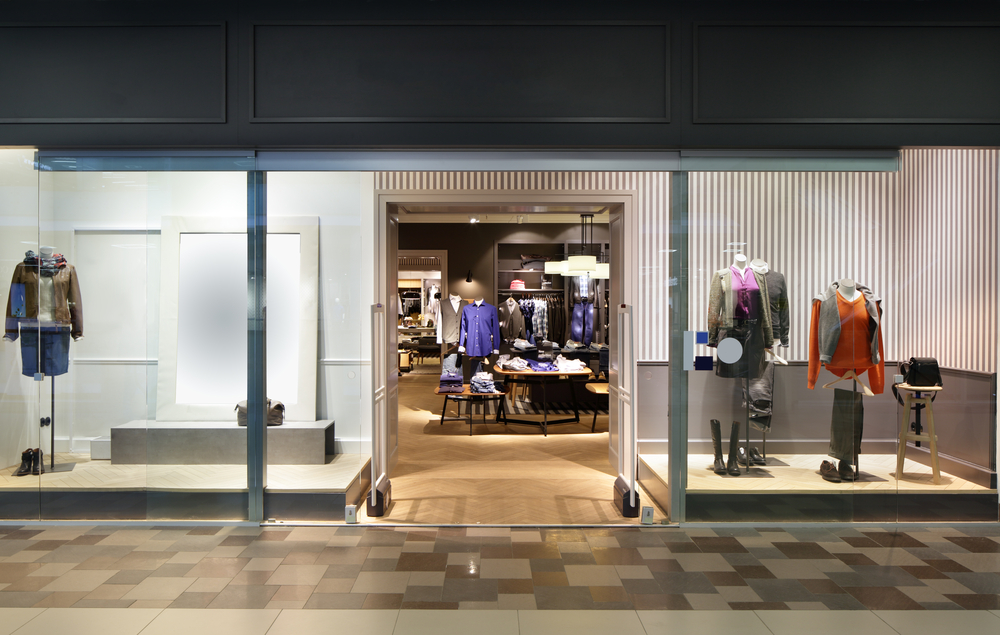Today’s consumers expect a lot. They want convenience. They want quality. They want value. And increasingly, they also want sustainability.
According to research by Deloitte, shared by Global Banking and Finance, 32% of consumers are very keen to adopt a more sustainable way of living. That means they become more conscious about the brands they are engaging with. If retailers want to stay relevant and keep customers’ attention, they need to take note.
Sustainability is high on the agenda, and not just among consumers. The upcoming UN Climate Change Conference of the Parties (COP26) will further cast the spotlight on sustainability, and will prompt the wider retail industry to demonstrate how its committing to minimising its environmental impact.
It’s no surprise, then, that more retail businesses are focusing on issues relating to the environment, society and governance (ESG). This can be anything from stocking more sustainable products and using eco-friendly packaging, to lending their support to wider, large-scale social movements.
Of course, it’s one thing for retailers to say they’re aligning their business with all things ESG and another to actually do it.
Fortunately, there is mounting pressure from customers, stakeholders, governments and investors who want retailers paying ESG more than just lip service. They want to see proof that businesses are taking these commitments seriously.
Over the years, the combination of fast fashion, single-use plastic and greenhouse gas emissions has not helped retail’s eco-reputation. But while it might have a controversial past, if the industry wants to keep hold of its customers, it needs to clean up its future.
Take millennials as an example. This generation is a switched-on, eco-conscious bunch and they want retailers to be totally transparent about the work they are doing.
Considering that 73% of consumers say they are happy to pay more for a product if they love the brand, according to a Khoros study, this is an opportunity not to be missed. What’s more, 90% of Gen Zers have made changes to become more sustainable in their daily lives. These are the kinds of statistics retailers ignore at their peril.
Leading the way: ESG in practice

So how can companies start tapping into these opportunities? A good place to start is by focusing on community relations and inclusion initiatives. Looking at some of the big-name retailers, it doesn’t take long to see a pattern start to emerge.
M&S has launched a new sustainability standard for denim which makes use of kinder dyes and consumes less water than its competitors. And John Lewis was the first shop to sign up to HRH the Prince of Wales’s green initiative, the Terra Carta – a set of guidelines designed to help preserve natural capital, address climate change and build a more sustainable future.
And there’s more. Joules has announced an ESG-linked financing facility. Walmart has adopted socially-responsible policies. And Abercrombie & Fitch Co has created a new senior role dedicated to ensuring the company has a positive impact on global communities.
Across the EU, we are seeing positive changes being made. There’s the Conflict Minerals Regulation, which aims to end forced labour in trading materials, as well as an act introduced in Germany to ensure compliance within supply chains related to human rights and environmental issues.
All of these steps are giving customers the information and transparency they need to make informed choices about the products they are buying, and in doing so, help stop funding violence, human rights abuses or other crimes. It is also aligning ESG issues to business strategies to ensure these steps are integral to a business’ future.
Making ESG work

According to research by NAVEX Global, despite 82% of companies having set themselves ESG goals, less than half of those are achieving the desired results.
If a retailer is going to make an ESG strategy work for them, business leaders need to deep dive into what ESG really means to their business and the world around them. While they may be aware ESG refers to three business measures, they may not fully appreciate the value each of these measures can add.
Here’s a look at each one in more detail:
- Environment: Environmental benchmarks focus on how a company responds to environmental issues. These can range from climate change and greenhouse gas emissions to energy efficiency, renewable energy and carbon footprint.
- Society: Social measures set out how a business should respond to complex issues such as data privacy, pay equity, diversity and inclusion, and employee treatment.
- Governance: This addresses corporate concerns such as executive compensation, diversity among senior leaders, and transparency of communication.
By aligning ESG goals with wider business goals, retailers have a greater chance of long-term success. This is more than just jumping on the bandwagon; making ESG work requires true commitment. After all, the more dedicated a retailer is to ESG, the more appealing that company becomes to the consumer.
Are you ready to make a difference and place ESG at the top of your business agenda? The Delta Group helps retailers and brands find new and creative ways to achieve their sustainability goals. To find out more get in touch with the team today: hello@thedeltagroup.com.





Latest posts